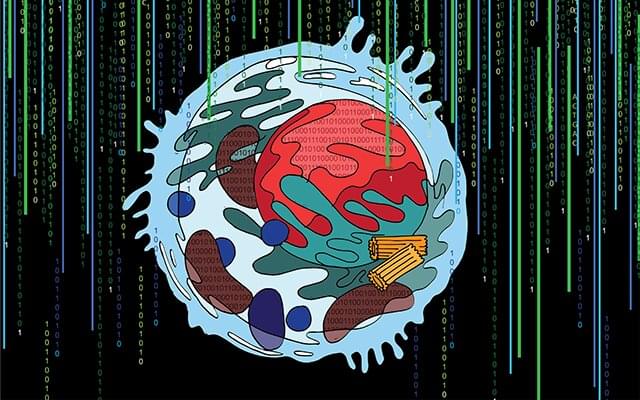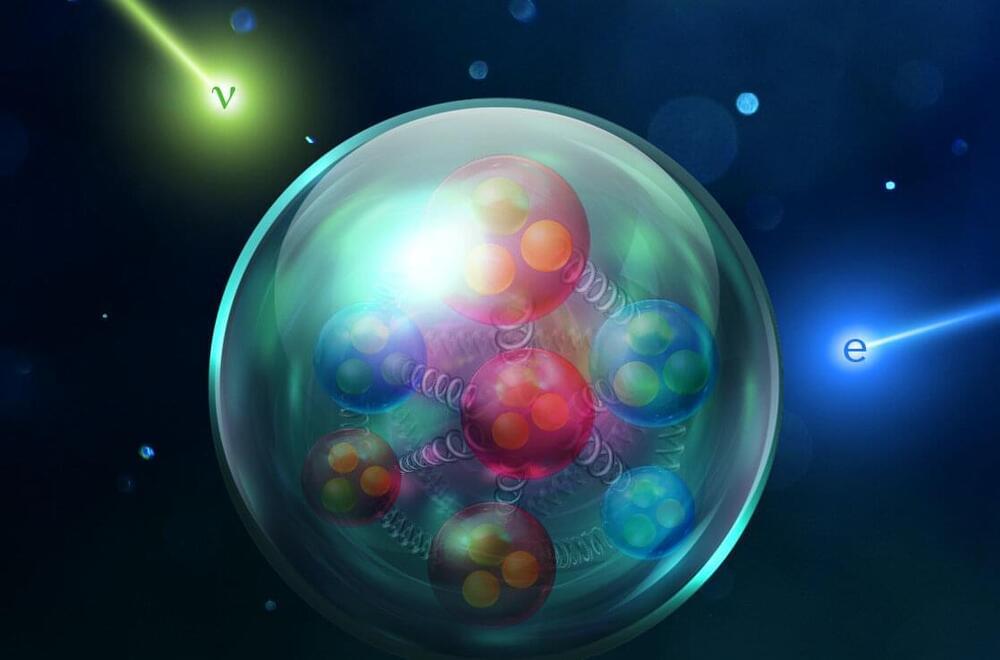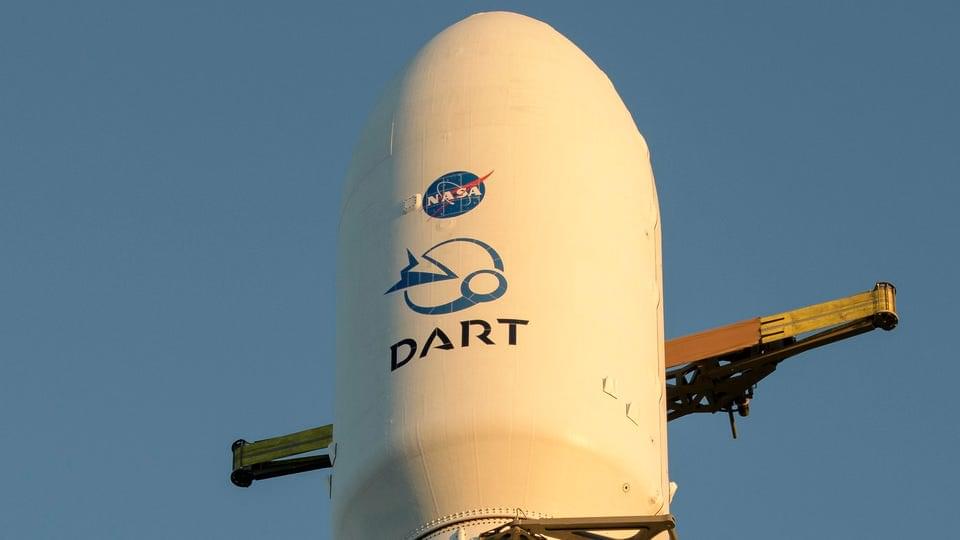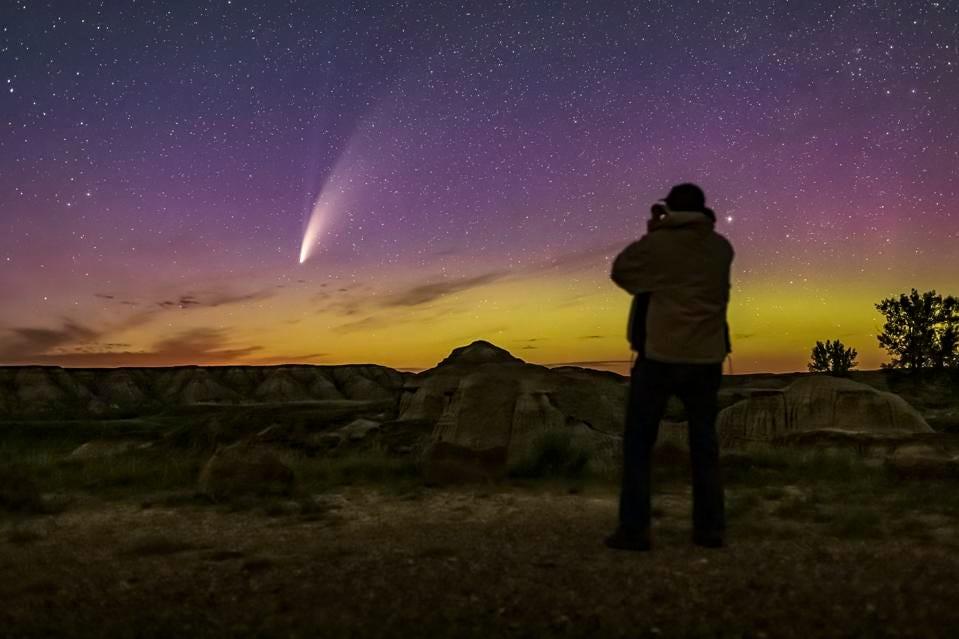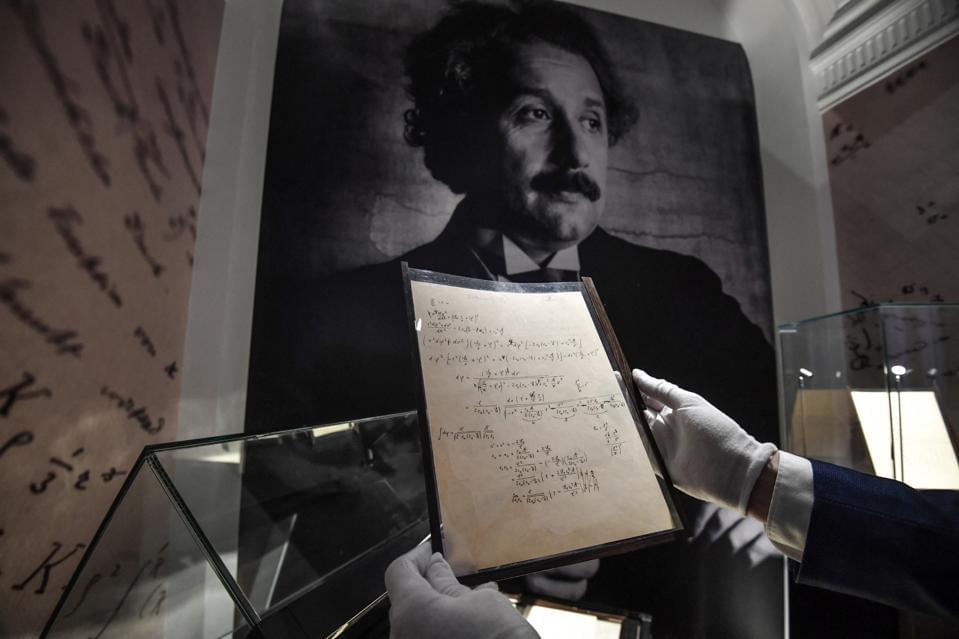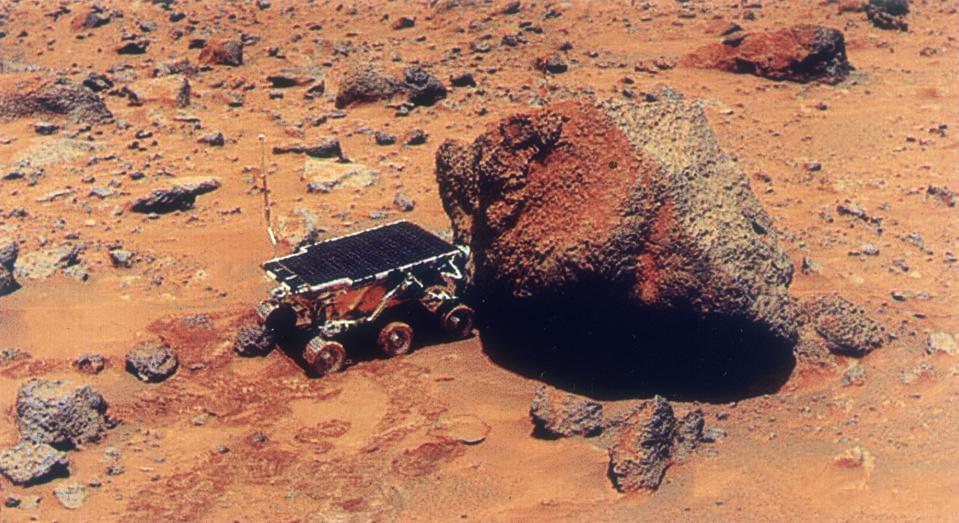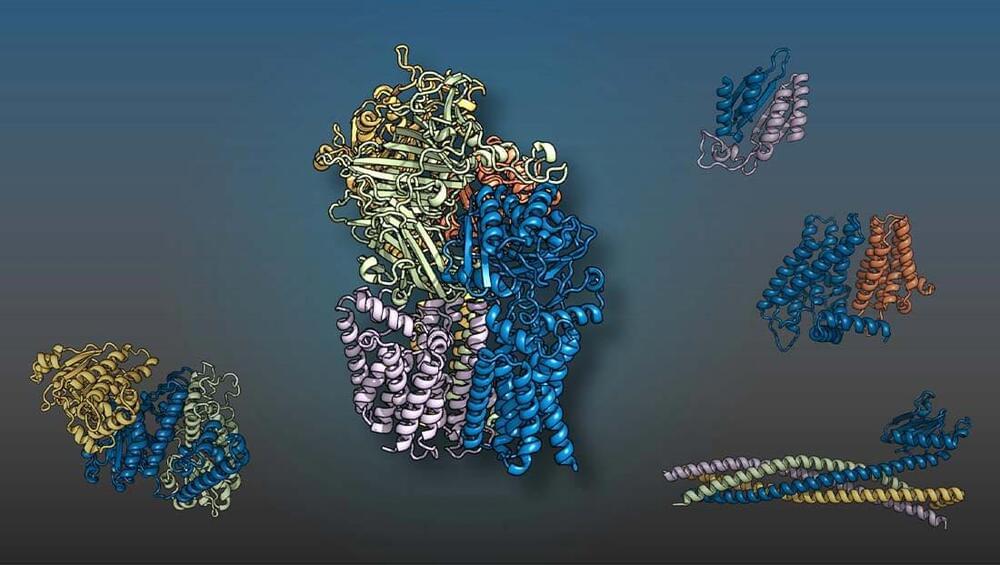Researchers at a Seattle A.I. lab say they have built a system that makes ethical judgments. But its judgments can be as confusing as those of humans.
Page 5585
Nov 24, 2021
We might not know half of what’s in our cells, new AI technique reveals
Posted by Genevieve Klien in categories: biotech/medical, chemistry, media & arts, robotics/AI
Most human diseases can be traced to malfunctioning parts of a cell—a tumor is able to grow because a gene wasn’t accurately translated into a particular protein or a metabolic disease arises because mitochondria aren’t firing properly, for example. But to understand what parts of a cell can go wrong in a disease, scientists first need to have a complete list of parts.
By combining microscopy, biochemistry techniques and artificial intelligence, researchers at University of California San Diego School of Medicine and collaborators have taken what they think may turn out to be a significant leap forward in the understanding of human cells.
The technique, known as Multi-Scale Integrated Cell (MuSIC), is described November 24, 2021 in Nature.
Nov 24, 2021
Electrons set the stage for neutrino experiments
Posted by Genevieve Klien in category: particle physics
Neutrinos may be the key to finally solving a mystery of the origins of our matter-dominated universe, and preparations for two major, billion-dollar experiments are underway to reveal the particles’ secrets. Now, a team of nuclear physicists have turned to the humble electron to provide insight for how these experiments can better prepare to capture critical information. Their research, which was carried out at the U.S. Department of Energy’s Thomas Jefferson National Accelerator Facility and recently published in Nature, reveals that major updates to neutrino models are needed for the experiments to achieve high-precision results.
Neutrinos are ubiquitous, generated in copious numbers by stars throughout our universe. Though prevalent, these shy particles rarely interact with matter, making them very difficult to study.
“There is this phenomenon of neutrinos changing from one type to another, and this phenomenon is called neutrino oscillation. It’s interesting to study this phenomenon, because it is not well understood,” said Mariana Khachatryan, a co-lead author on the study who was a graduate student at Old Dominion University in Professor and Eminent Scholar Larry Weinstein’s research group when she contributed to the research. She is now a postdoctoral research associate at Florida International University.
Nov 24, 2021
NASA And SpaceX Launch Experimental Spacecraft That Will Collide With An Asteroid —But It’s Not ‘Armageddon’
Posted by Gemechu Taye in categories: asteroid/comet impacts, existential risks, satellites
NASA on Tuesday night successfully launched its experimental asteroid deflecting spacecraft which is set to smash into an asteroid at 15,000 miles per hour and serve as a test run for countering any future doomsday scenario where a large space rock could end up on a collision course with the Earth.
KEY FACTS The Double Asteroid Redirection Test (DART), developed by NASA and the European Space Agency (ESA) launched from California’s Vandenberg Space Force Base at around 10.20 a.m. local time Tuesday, aboard SpaceX’s reusable Falcon 9 rocket.
Sometime in 2022, the DART spacecraft is expected to smash into the asteroid Dimorphos which orbits a larger satellite called Didymos—neither of which pose a threat to Earth at the moment—with the hope of deflecting its course.
Nov 24, 2021
How, When And Where To See Comet Leonard: The Ultimate Guide To Seeing The ‘Christmas Comet’ In December And On Christmas Day
Posted by Gemechu Taye in category: space
Have you seen C/2021 A1 (Leonard) —a.k.a. “Comet Leonard”—yet? Discovered on January 3, 2021 by Greg Leonard, a senior research specialist at Arizona’s Mount Lemmon Observatory, Comet Leonard is potentially going to become an object visible to binocular and even naked eyes. It’s predicted to reach around magnitude 4 or brighter in December 2021 (for the latest, follow it on Twitter).
It will get closest to the Earth to be super-bright on December 12, 2021, but by then it’s going to be fairly low in the sky. So your best chance is to get up early—about 90 minutes before sunrise—during early December and look east.
Arm yourself with either a small telescope or any pair of binoculars to maximize your chances.
Nov 24, 2021
Rare Einstein Papers Containing Early Relativity Calculations Fetch $13 Million At Auction
Posted by Gemechu Taye in category: habitats
A rare 54-page manuscript featuring preliminary calculations for Albert Einstein’s general theory of relativity sold for about $13 million at auction in Paris Tuesday to an unknown buyer — almost four times more than expected.
It was originally anticipated to fetch $3.5 million.
Auction house Christie’s declined to identify the winning bidder to NBC News.
Nov 24, 2021
How To Not Be Fooled When Looking For Life On Mars
Posted by Gemechu Taye in category: alien life
Finding evidence of life on another planet would be a game-changer. Right now, we cannot predict how common life is in the Universe because we don’t understand what causes that initial spark of life. We only have one data point — our planet. Finding life on another planet within our solar system would illustrate one of two things. Either, life can begin easily enough that it formed twice within the same solar system, or whatever mechanism started life on Earth also somehow started life on Mars (for example, cross-contamination via meteorite). That’s why, in the search for life on Mars, we must make sure we get it right. Recent research published in the Journal of the Geological Society examines how to know if a structure is a fossil or simply a formation that resulted from a physical, non-biological process. Life on Ancient Mars Mars was a very different place four billion years ago. Under a thick atmosphere, a large ocean formed. During this time, Mars may have been temporarily habitable. Eventually, this water was lost to space or locked up in global ice caps. The search for life on Mars, then, is through ancient fossils — microbial evidence that the surface of Mars was inhabitable by microscopic life. Full Story:
Nov 24, 2021
Japan Is Investing Over $5 Billion to Solve the World’s Chip Shortage
Posted by Gemechu Taye in categories: computing, economics, government

Bringing global giants into the economic fight.
The world’s biggest chip-making nation is getting serious.
Continue reading “Japan Is Investing Over $5 Billion to Solve the World’s Chip Shortage” »
Nov 24, 2021
Why We’re Making the Grace Humanoid Eldercare Robot: Response to Russell Brand
Posted by Kelvin Dafiaghor in categories: bitcoin, government, health, robotics/AI, singularity

Sooo… the inimitable Russell Brand posted a video a few weeks ago saying some amusing but largeuly inaccurate and misleading things about the Grace humanoid eldercare robot we’re making in our Awakening Health project (http://awakening.health).
Russell’s video is here: https://www.youtube.com/watch?v=SDD7M1OWBDg.
Continue reading “Why We’re Making the Grace Humanoid Eldercare Robot: Response to Russell Brand” »
Nov 24, 2021
Artificial Intelligence Successfully Predicts Protein Interactions — Could Lead to Wealth of New Drug Targets
Posted by Genevieve Klien in categories: biotech/medical, robotics/AI
Research led by UT Southwestern and the University of Washington could lead to a wealth of drug targets.
UT Southwestern and University of Washington researchers led an international team that used artificial intelligence (AI) and evolutionary analysis to produce 3D models of eukaryotic protein interactions. The study, published in Science, identified more than 100 probable protein complexes for the first time and provided structural models for more than 700 previously uncharacterized ones. Insights into the ways pairs or groups of proteins fit together to carry out cellular processes could lead to a wealth of new drug targets.
“Our results represent a significant advance in the new era in structural biology in which computation plays a fundamental role,” said Qian Cong, Ph.D., Assistant Professor in the Eugene McDermott Center for Human Growth and Development with a secondary appointment in Biophysics.

